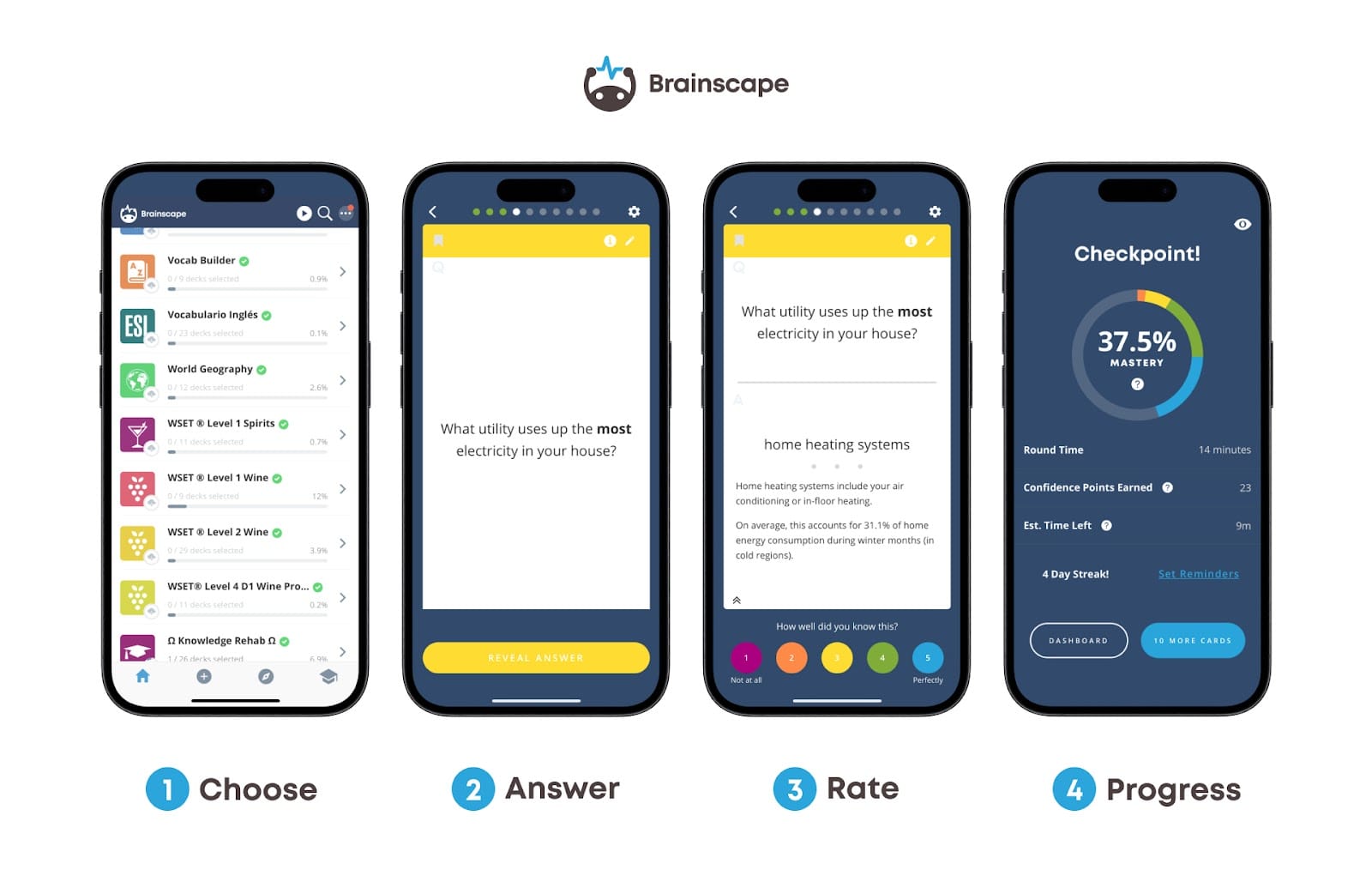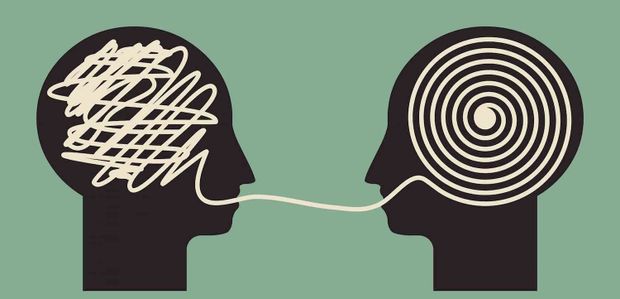(Spoiler: You need both.)
Ever found yourself staring at your textbook, only to end up on a forum debating whether cats can get sunburned? (Answer: yes.) Distraction is real—and unavoidable. But before you beat yourself up, know this: your brain is wired for two different types of thinking. And learning how to use both can actually supercharge your study sessions.
Let’s break down the science behind focused and diffuse thinking—and how to use them like a boss.
Focused Thinking: Tunnel Vision Mode
This is the brain's laser mode. You're locked in, solving a math problem, writing an essay, or blazing through flashcards. It’s precise, targeted, and mostly happening in your prefrontal cortex. Focused thinking is perfect for memorizing facts and learning detailed concepts. Just be careful—too much of it can lead to mental gridlock (aka the “Einstellung effect”), where your brain gets stuck seeing a problem only one way.
Diffuse Thinking: Big Picture Mode
Diffuse thinking is your brain’s “aha!” playground. It kicks in when you’re walking the dog, folding laundry, or zoning out in the shower. It’s relaxed, creative, and makes surprising connections between ideas. This is the thinking mode that helps you suddenly solve a problem you were stuck on—because your brain had time to wander and piece things together from different angles.
So... Which Is Better?
Neither! Focused thinking helps you zoom in and do the deep work. Diffuse thinking helps you step back and connect the dots. To truly master a subject, you need to alternate between the two. Learn the material in focused mode, then let your brain marinate and make connections in diffuse mode. It’s a cycle: focus, relax, repeat.
How Brainscape Supercharges This Cycle

Brainscape is a study platform that understands your brain better than your brain understands itself. Our adaptive flashcard system uses spaced repetition and active recall—two science-backed techniques that maximize focused learning. You can create your own flashcards or tap into our massive library of expert-certified decks across thousands of subjects.
And the best part? Studying with Brainscape is so flexible that it naturally supports both thinking modes. Tap through a few cards in focused mode. Then, go take a walk. Your brain will keep working on the info behind the scenes. It's like studying while you’re not even studying. (You're welcome.)
FAQ: Focused vs. Diffuse Thinking: Which is Better for Learning?
Why is it important to use both focused and diffused thinking when studying?
Using both thinking modes creates a complete learning loop: focused thinking helps you absorb detailed information, while diffuse thinking helps your brain make connections and solve problems creatively. Alternating between the two maximizes both understanding and retention.
What are focused and diffuse modes of learning?
Focused learning involves intense, concentrated effort, like solving problems or memorizing facts, while diffuse learning happens when your mind is relaxed, allowing for broader, creative insights. Both are essential for deep, effective learning.
What is the difference between the focused and diffuse mindsets?
The focused mindset zooms in on specific details using logic and concentration. The diffuse mindset zooms out, helping you form big-picture insights by connecting ideas in a relaxed, open-ended way. Successful learners shift between both.
Final Thoughts: Learn Smarter
When it comes to mastering a topic, switching between focused and diffuse thinking is essential. Focus helps you absorb the material, while diffuse thinking helps you understand and connect it. Together, they create a powerful learning loop.
Brainscape fits perfectly into this loop. Whether you're prepping for finals, refreshing your general knowledge, or just trying to feel a little less confused in meetings, Brainscape makes studying faster, smarter, and kind of addictive. So, study hard, take breaks, and don’t forget—you’re literally building brainpower.
Additional Reading
- Learn Deliberately to Learn Faster
- The Secret to Learning More While Studying Less: Adaptive Learning
- The Learning Styles Myth: Why Learning Styles May Not Matter
References
Bergues, J. (2016). Learning-Teaching Approach Based on Focus and Diffuse Thinking Modes: A Practical Experience in the Physics Lecture. EDULEARN Proceedings. https://doi.org/10.21125/edulearn.2016.0611
Ellis, J. J., & Reingold, E. M. (2014). The Einstellung effect in anagram problem solving: evidence from eye movements. Frontiers in Psychology, 5. https://doi.org/10.3389/fpsyg.2014.00679
Moore, C. (2019, May 20). Focused and diffuse modes of thinking - Teaching tips - Oakland University. https://oakland.edu/cetl/teaching-resources/teaching-tips/2019/While-It-Simmers-Engaging-Focused-and-Diffuse-Modes-of-Thinking
Oakley, B. (2024). Focused and diffuse thinking. ModelThinkers. https://modelthinkers.com/mental-model/focused-and-diffuse-thinking#:~:text=Rather%20than%20being%20focused%20on,unfamiliar%20concepts%20with%20existing%20ones.
Wilson, R. (2020, May 4). Focused thinking and diffuse thinking: How to learn - Liberal arts. Liberal Arts. https://blogs.nottingham.ac.uk/liberalarts/2020/05/04/focused-thinking-and-diffuse-thinking-how-to-learn/
